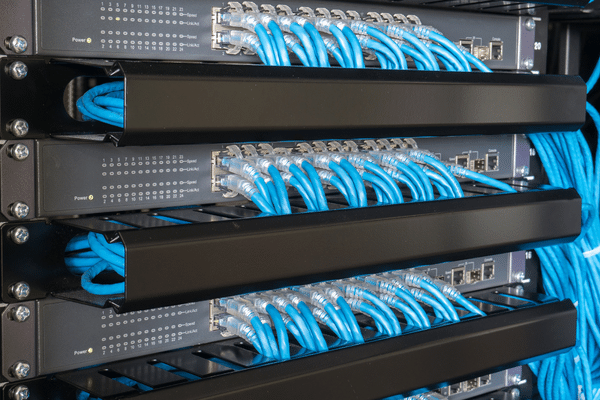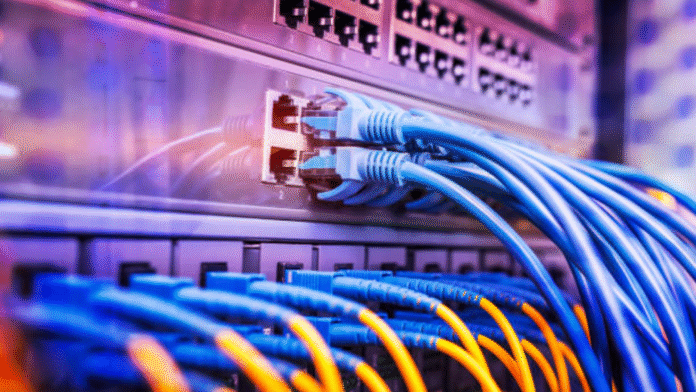In an increasingly digitalized world, the business relies on an effective network for smooth productivity, communication, and customer service. But when a network switch starts showing signs of failure, the effects are immediate, and costly. Therefore, recognizing the early signs of failure is essential to avoid unexpected downtime and network outages.
Your network infrastructure comprises a complex web of devices as your business grows. For that reason, understanding how to anticipate switch failures in advance would save you unnecessary disturbances and preserve your long-term IT resources.
Frequent Connection Drops
Perhaps the most apparent symptom of a failing switch is the connection itself or the connection to other devices, either unstable or completely severed. If you notice that your devices suddenly lose access to the network (or internet), chances are that there is an issue with the network switch. These disconnections initially occur at somewhat random intervals but become more frequent as the hardware continues to fail.
Connection drops can easily translate into low productivity, especially in a setup such as yours that depends a lot on cloud-based applications or VoIP. Thus, it is highly important to watch out for strange behavior in switch logs and port activity.
Overheating and Noisy Operation

Heat kills networking equipment silently. The switch generates more than usual hot air because of failed internal components or obstructed vents. Its loud or continuous fan operation may suggest that your device is struggling to cool itself.
Furthermore, using network switches that support temperature monitoring can help you be alerted to thermal issues before they become critical.
Slow Network Speeds
Your employees may well be suddenly complaining of data-transfer slowdowns, loading lags, or choppy video-conferencing sessions. If any of these issues occur, you can assume that the switch is not doing its job properly. Slow network speeds may be due to many factors; however, a failing switch may start to throttle performance due to defective ports or faulty components.
In fact, if the slowdown occurs at specific switch ports or during the same time of day, you may be looking at a hardware problem. This is why doing speed tests and diagnostics on the ports should be scheduled on a regular basis.
Unresponsive Management Interface
The managed network switch should have its web interface or CLI (command line interface) accessible under all circumstances. If it fails to respond, fails to save settings, or appears to show error messages during configuration, the switch is on its way to failure.
You can not manage VLANs, port mirroring, or QoS settings. That’s frustrating. It can also harm network performance and security. Always back up your configurations. Replace the switch if you notice software issues.
Port Failures or Power Cycling

Individual port failure is a major indication that the network switch is operating on borrowed time. If some ports no longer detect connected devices or if you observe the power cycling of the switch in a random fashion, action is warranted right away.
Intermittent power issues may cause not just one device but the whole network to go haywire. Thus, look for loose power cords, check internal logs, and watch those port LEDs for failure signs. Early intervention can prevent complete switch failure in mission-critical setups.
Final Studies Don’t Ignore the Warning Signs
In conclusion, relating switch failure early allows your business to plan ahead, reduce threat, and maintain flawless operations. Whether it’s connection drops, overheating, speed issues, or unresponsive operation, each symptom points to a deeper problem that shouldn’t be ignored.



